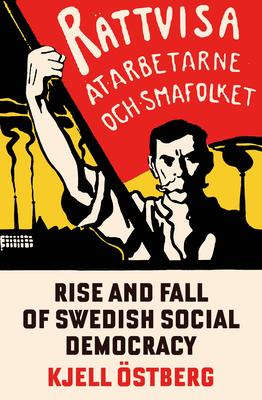Whatever happened to the poster child of European social democracy?
For a young generation of socialists, the Swedish experience has been an obvious reference and inspiration. But what remains of the Swedish model today is, in fact, a failed project in decline. This book is the first comprehensive study of the rise and fall of one of the most influential political movements of our time.
| FindBook |
|
有 1 項符合
Ostbjerg的圖書 |
 |
$ 1328 | Rise and Fall of Swedish Social Democracy
作者:Ostbjerg 出版社:Verso 出版日期:2024-04-23 語言:英文 規格:平裝 / 288頁 / 23.37 x 15.24 cm / 普通級/ 初版  看圖書介紹 看圖書介紹
|
|
|
圖書介紹 - 資料來源:博客來 評分:
圖書名稱:Rise and Fall of Swedish Social Democracy
內容簡介
作者簡介
Kjell Östberg is professor at the Swedish Institute of Contemporary History, Södertörn University, Stockholm, and an outstanding expert on 20th century Swedish history. He has written extensively about Social Democracy and new social movements. His works include an acclaimed biography of Olof Palme, a study of Swedish radicalization in the 1960s and 1970s and, most recently, a book on democratization and social movements.
|











